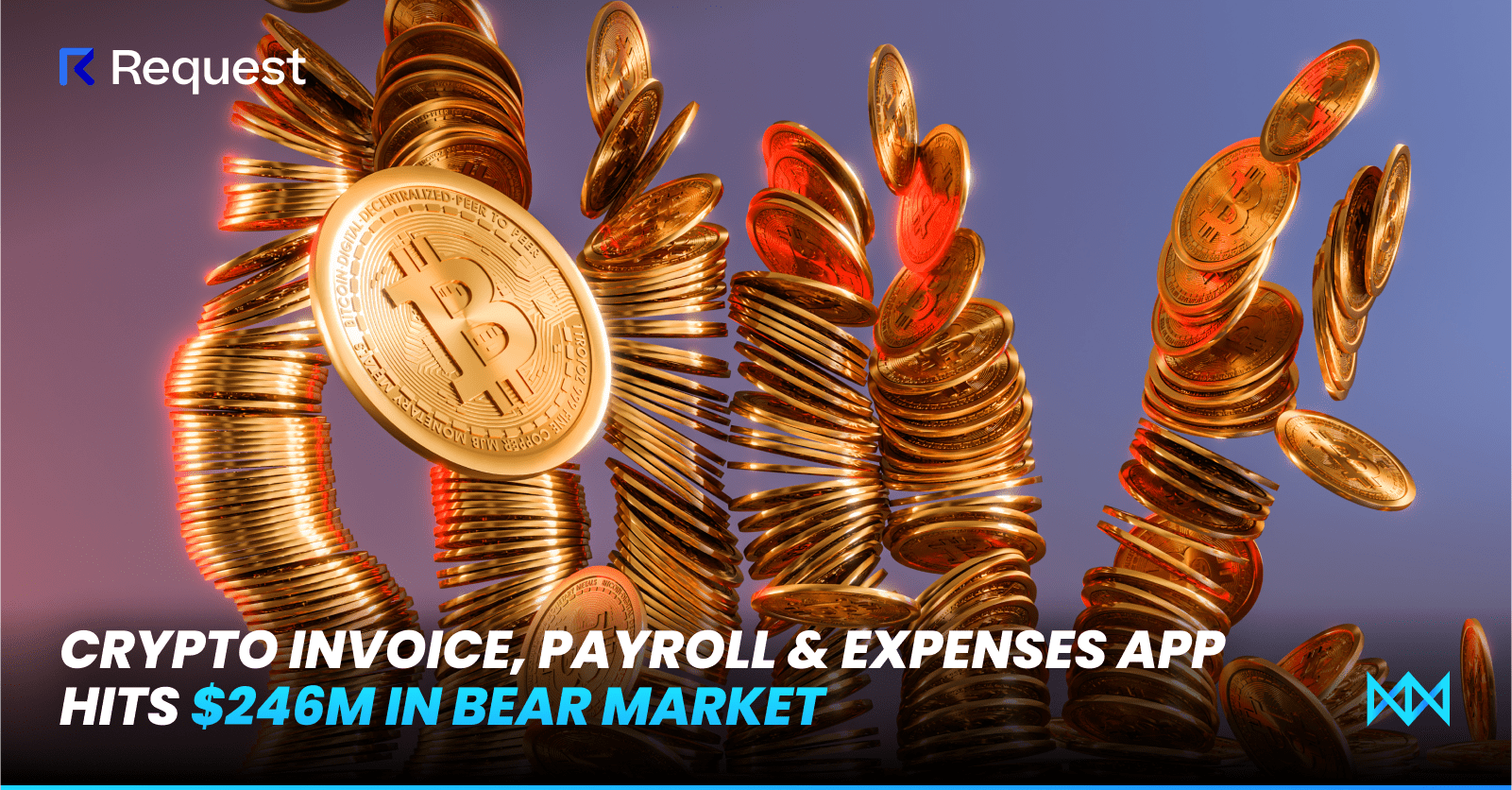The bear market has taken its toll on the crypto space. According to numbers drawn from DappRadar, transaction volume on the dominant non-fungible token (NFT) marketplace, Opensea, has tanked 99% from its record high in May this year.
NFT art which once sold for eye-watering prices, have now left their holders in tears as their market values plummet to a fraction of what they were trading for during the peak of the NFT mania last year.
Media outlets were particularly quick to point out the precipitous collapse in the value of NFTs once-flaunted by internet celebrities like Logan Paul. For instance, Coindesk reported that The 0N1 Force collection NFT which the controversial YouTuber bought for $623,000 in 2021, is now worth a paltry $10.
More recently, data from DappRadar suggests that leading metaverse platforms like Decentraland and The Sandbox each have fewer than 1,000 “daily active” users.
As with every bear market, lurid stories of collapsing asset prices, waning user interest, and scandals dominate the headlines. In the wake of the dot-com bubble’s bursting, the Daily Mail ran a story in 2000 with the headlines proclaiming “Internet ‘may be just a passing fad as millions give up on it’.
Predictably, commentators and skeptics today are once again beginning to question the viability, if not the very raison d’etre of crypto and its future.
Bullish Numbers In A Bearish Market
But amidst the melodrama and hand-wringing, scant attention is paid to small teams of builders continuing to deliver astounding results. One notable example is a modest crypto payments startup, Request Finance.
Each month, the company consistently publishes public usage statistics from companies like The Sandbox and Decentraland, or DAOs like Maker that rely on the app to manage their crypto treasury operations.
While the report shies away from hyperbole, the numbers certainly seem impressive for an app launched just over a year ago.
Earlier this month, it announced to little fanfare that it had hit nearly $250 million in total payments volume since launching in January 2021. That represents an average of about $11.7 million per month in crypto invoices, payroll, and expenses. In September alone, it saw about $17.8 million in crypto paid through its app.
In contrast to popular metrics like total value locked (TVL) in DeFi protocols, token prices or NFT floor prices, crypto payments data from apps like Request Finance arguably better reflects real world demand for crypto.
Making Crypto Easy For Enterprises
There is a tremendous amount of “dry powder”, or uninvested capital held on the balance sheets of venture capital funds. US venture funds are estimated to be sitting on an estimated $230 billion of dry powder, nearly double the $147 billion annual average during the pre-pandemic period between 2016 and 2020.
While “infrastructure plays” like alternative Layer 1 blockchains continue to attract considerable investor interest, Request Finance believes that “killer apps” that drive mass adoption are key.
“We’re at a stage in crypto that mirrors the dot-com boom. Everyone in the nineties wanted to invest in infrastructure like routers, telcos, fiber optic cables etc. With little to no large scale applications to build on all that infrastructure”, says Ivan Hong, Content Lead at Request Finance.
Making crypto easy for enterprises is how Request Finance hopes to play its part in bringing crypto to the masses. Hong explained: “Solving UX issues seems vanilla, but humanity turned a luxury spice into an everyday flavor. We’re growing adoption of stablecoins and crypto payments that way”.
As institutional investors scour the landscape for the next narratives that might ignite the next crypto bull run, applications like Request Finance may offer clues as to where to look. “Don’t take it from me,” says Hong, “Listen to what over 2,300 of our users say”.
Disclaimer: This article is provided for informational purposes only. It is not offered or intended to be used as legal, tax, investment, financial, or other advice.





